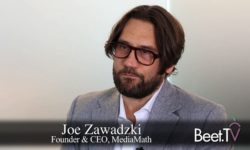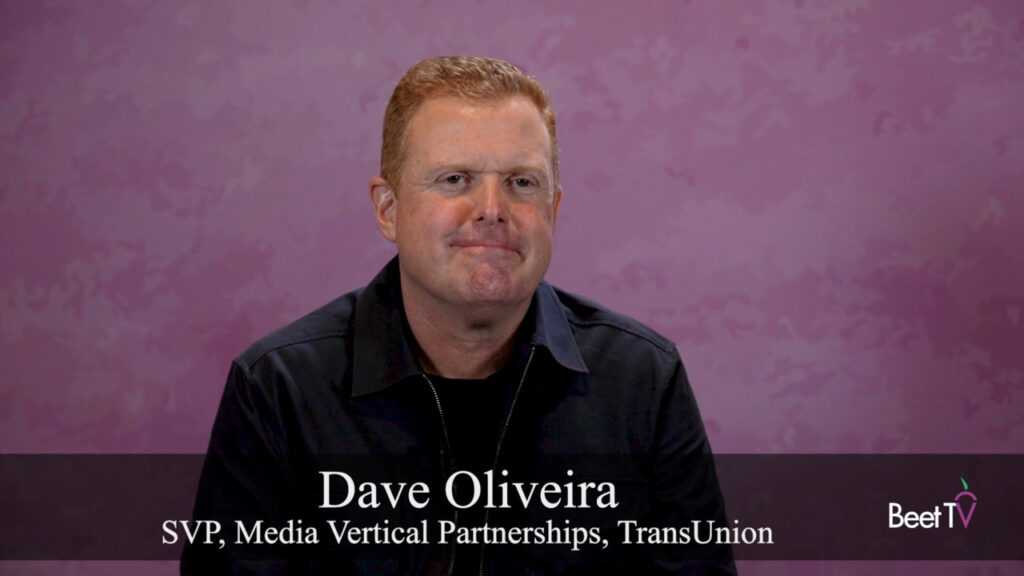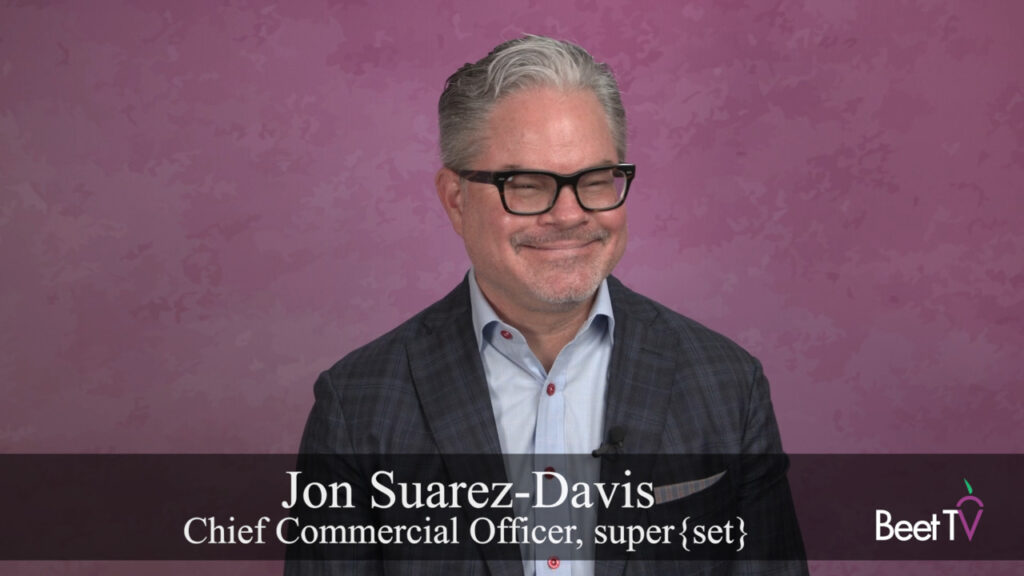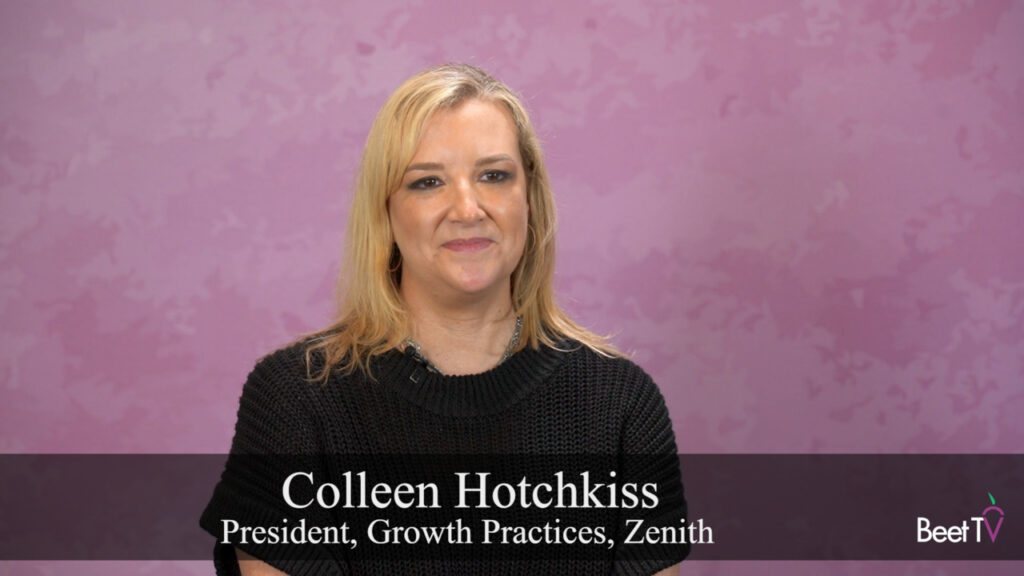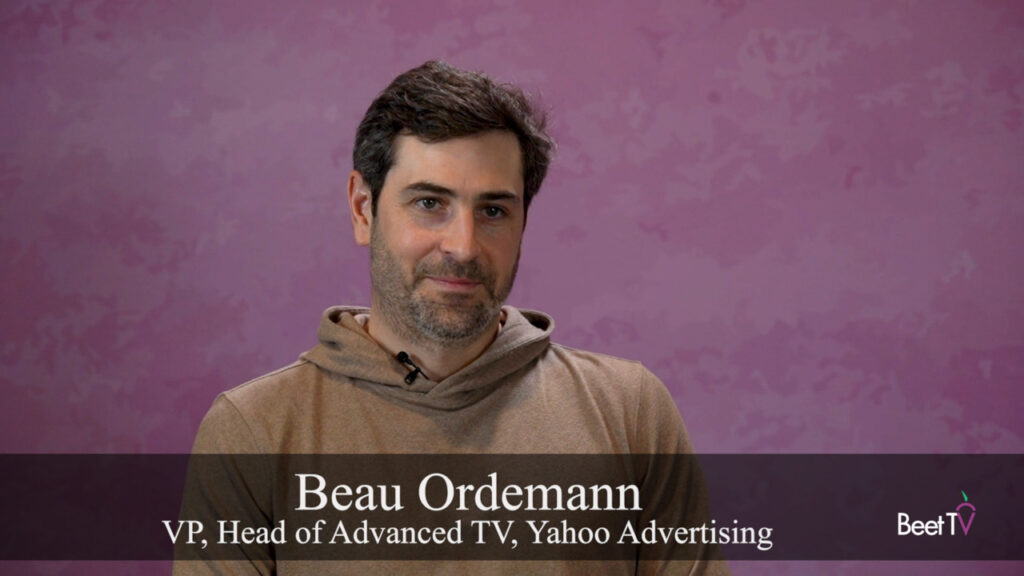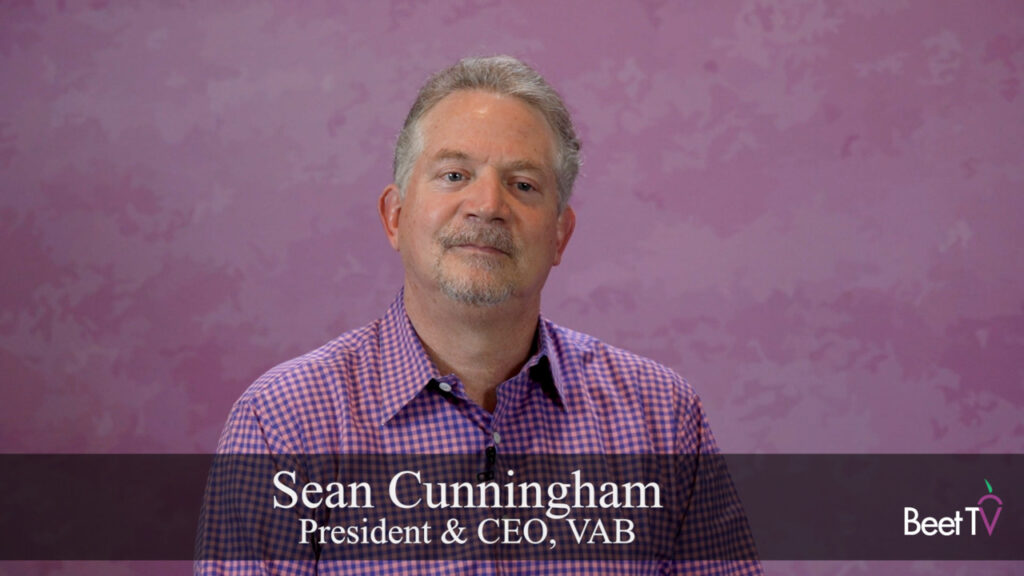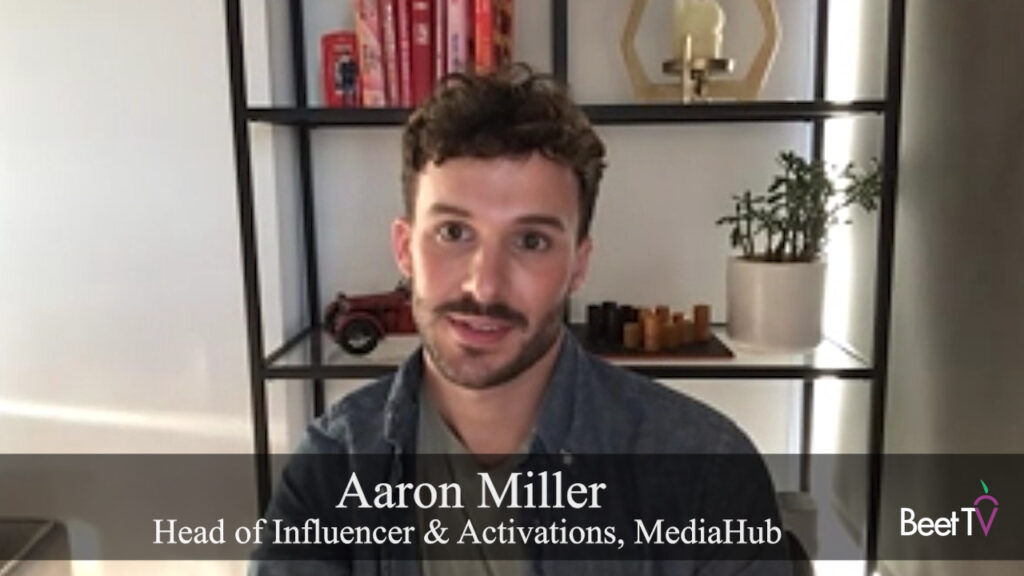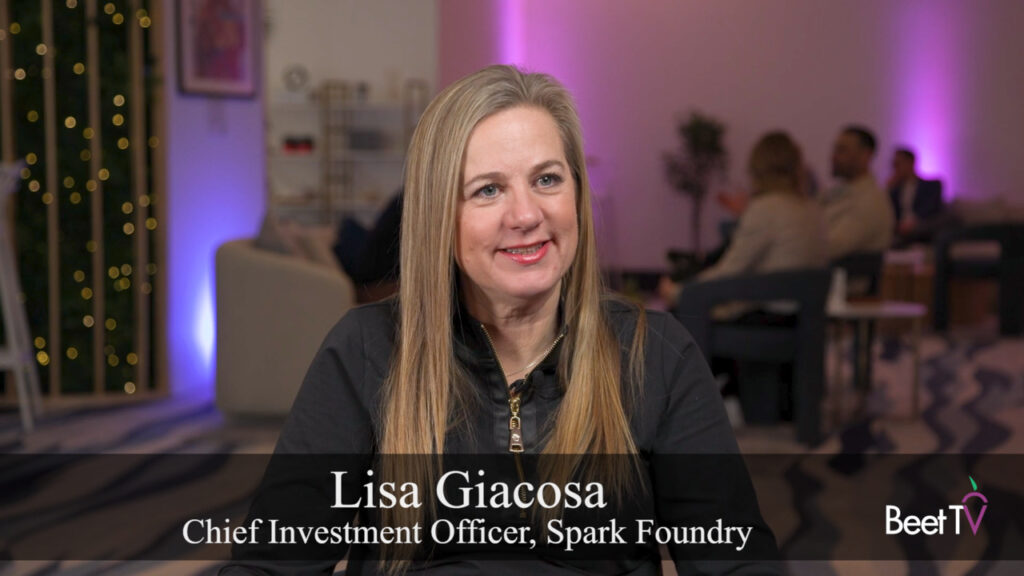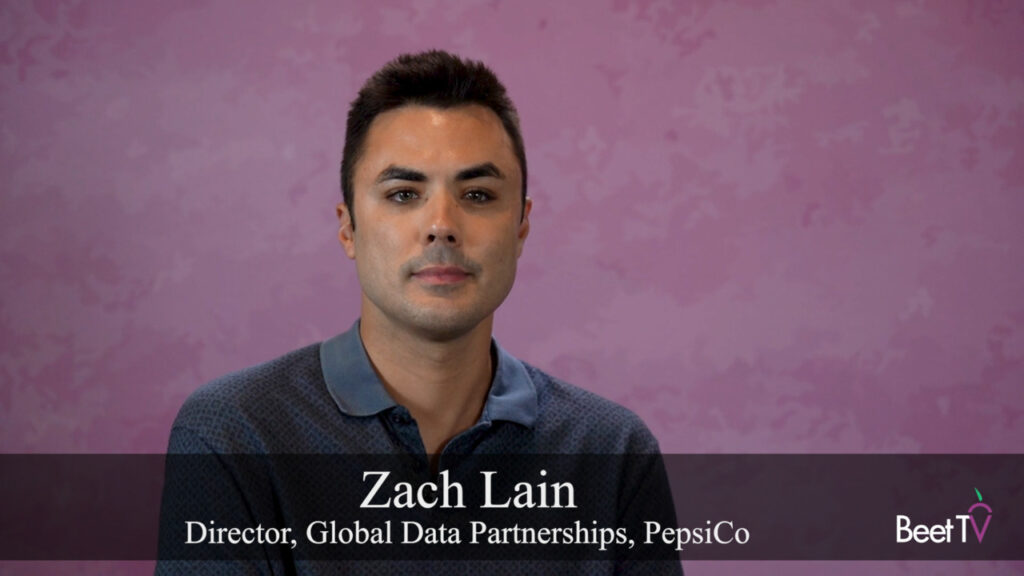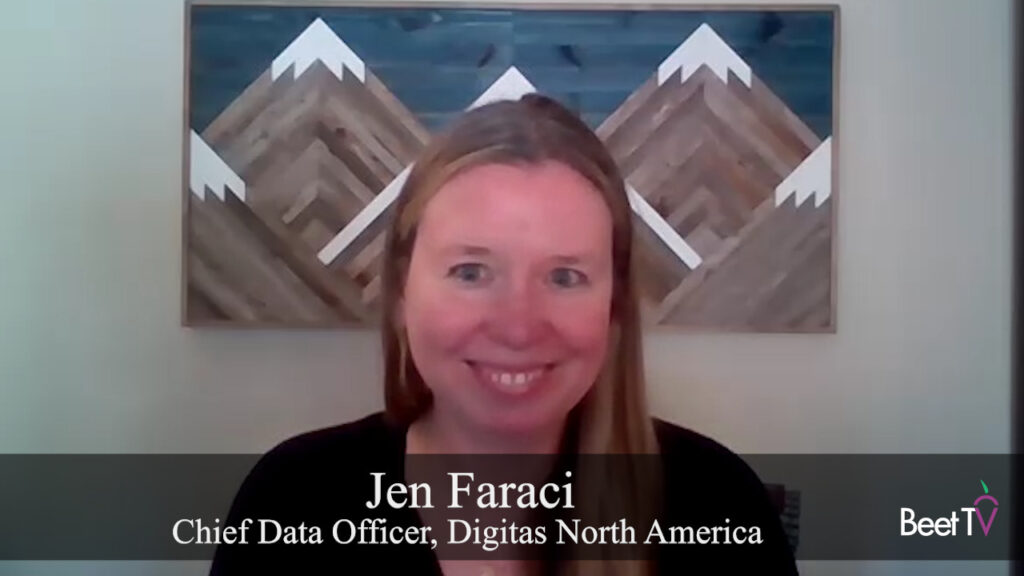Trying to find needles in haystacks is an apt metaphor for marketers of rare-disease pharmaceuticals when the only choice is low-value, mass-market television. But advanced TV targeting has brought such companies to “an inflection point,” says Butler/Till’s Scott Ensign.
The VP of Digital Media at the Rochester NY agency explains how things have changed and what needs to change further in this interview with Beet.TV at the recent MediaMath Connect All Fronts event in Manhattan. With a broad range of health care clients, “Obviously there are a lot of regulatory issues which we specialize in. We understand the space, what you can and can not say and do,” Ensign says.
A lot of the companies that Butler/Till works market rare disease orphan drugs to smaller populations and as such they “aren’t going to buy national TV and do mass-media marketing because they want to talk to a very thin sliver of a population that is distributed across the country.”
To leverage advances brought about by programmatic and other advanced TV targeting solutions, pharma advertisers create proxy audience targets based on privacy protected, third-party data, according to Ensign.
“Of course we’re not able to target one-on-one based on things like symptoms or doctor visits or prescribed audiences, but we can use data and model based on that,” he says. Some addressable formats can target the ZIP Code level, which “might have a higher propensity for those afflicted and prescribed populations.”
With rare disease and orphan drugs, there can be as few as 20,000 to 30,000 potential marketing targets within the United States. “So mass-market TV doesn’t really work in that context.”
More precise targeting reaches these niche audiences with less waste. Meanwhile, campaigns use back-end measurement to show things like prescription lift. “It’s an exciting space for those companies who want a TV-like experience,” Ensign says.
Asked about the friction points involved in targeting narrow audience segments, he cites fragmentation because of so many companies operating in the space. While some have a lot of reach, it might add up to five percent or less of the population.
“One of biggest challenges is bringing that fragmented marketplace across things like connected TV, OTT more addressable and advanced forms of TV into one strategy that allows us to hit a targeted audience across a much wider swath of formats,” Ensign says. “We’re seeing progress in that direction.”
This video was recorded at the MediaMath Connect All Fronts industry conference in Manhattan. The series is sponsored by MediaMath. For more videos, please visit this page.













